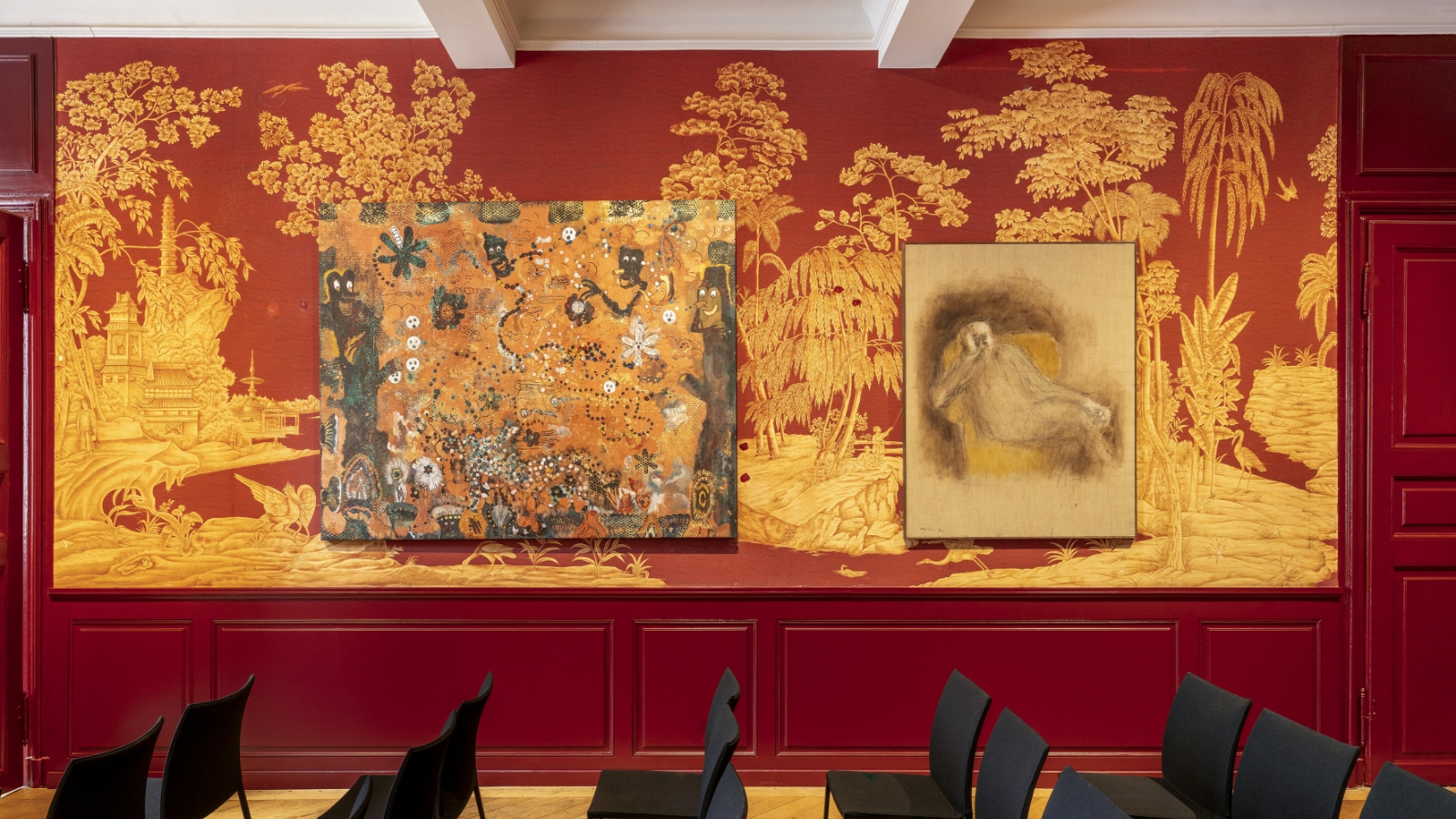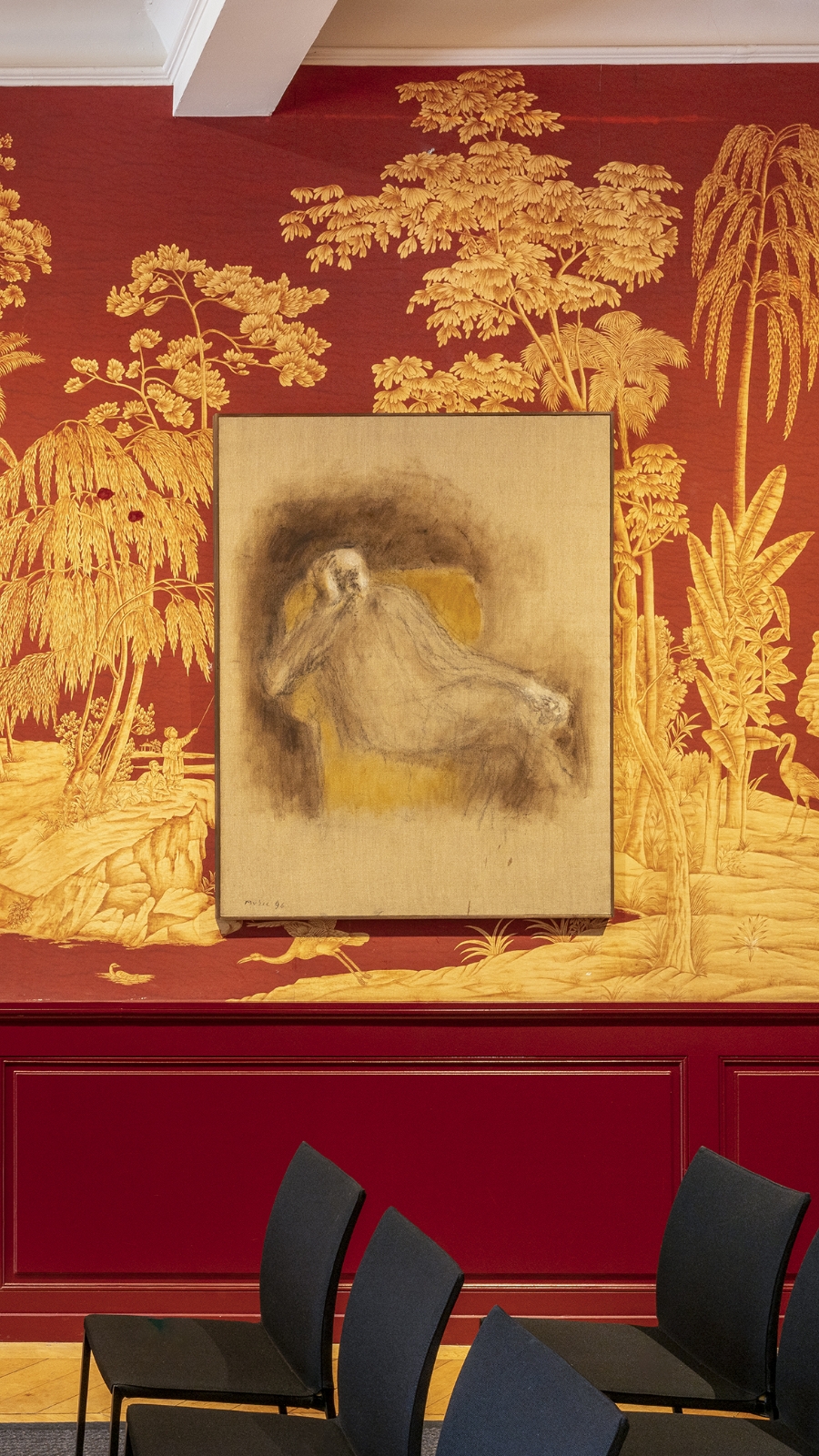
ZORAN MUSIC (GORIZIA) - 1996
La poltrona gialla
ASIAN SALON
Born in 1909, in Bukovica, the part of the Austro-Hungarian Empire now Slovenia. Died in 2005, in Venise, Italy.
A survivor of the Dachau Concentration Camp, Zoran Mušič (1909–2005) turned towards silence and contemplation through painting. After the War, the artist moved to Venice, where he created icon-like portraits of his wife Ida Barbarigo as well as his first unmistakable Cavallini from Dalmatia. Meanwhile, Mušičtraced the erratic lines of the earth’s relief in the hills of Umbria and Tuscany.
When he was signed on by the Galerie de France in 1952, he moved to Paris, where he lived for long periods of time. From 1948 he participated several times in the Venice Biennale, featured with some of his works already in 1955 in the Documenta I in Kassel, participated in numerous other international exhibitions and received various awards.
In the mid-1950s Mušič defined the landscape as well as his paintings’ protagonists as a sort of ornamental fabric in his color-intensive works, and soon afterwards ventured into abstraction. This phase lasting until 1963 was superseded by a cycle of works in which Mušič arrived at an increasingly anthropomorphic notion of landscapes. The inextinguishable trauma of his experience at the concentration camp was processed by the artist in his 1970 picture cycle ‘Non siamo gli ultimi’ (We Are Not the Last).
At the beginning of the 1990s in his later days, Mušič spent most days alone, drawing and painting. He painted himself: his body gradually disintegrating and his face disappearing, as the eroding landscape he had always pursued. He also painted his wife Ida.
“I do not paint others, because I don’t know them,” he once said. The figures appear out of the empty space and seem unfinished. The colours of his self-portraits are those of the desert — harsh and sober — eliminating the superfluous and reduced to a minimum. Mušič said: “What interests me is bringing out the interior aspect. I see my portrait like any other landscape, a landscape that reflects what is inside me.”
His paintings are testament to his untiring quest for answers to the basic questions of human existence.




